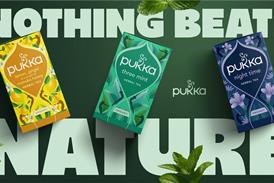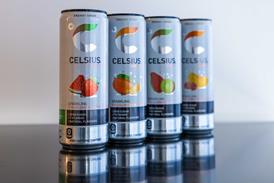Close menu
- Home
- Retail & Wholesale
-
Products & Suppliers
- Back to parent navigation item
- Products & Suppliers
-
Product Categories:
- Back to parent navigation item
- Product Categories:
- Alcoholic drinks
- Bakery
- Cereals & breakfast
- Cheese
- Chicken & poultry
- Chocolate
- Confectionery
- Crisps, nuts & snacks
- Dairy
- Fish
- Fresh produce
- Frozen
- Household
- Meat
- Own Label
- Sauces & condiments
- Seasonal
- Soft drinks
- Vaping
- Vegan & plant-based
- World foods
- Suppliers
- People
- Reports & Data
-
Topics A-Z
- Back to parent navigation item
- Topics A-Z
-
Popular topics:
- Back to parent navigation item
- Popular topics:
- Cost of living crisis
- Crime
- Deposit Return Schemes
- Finance
- Government & Regulation
- Health
- Inflation
- Loyalty
- Marketing
- Mergers & Acquisitions
- New Product Development
- Sourcing
- Supply chain
- Sustainability & environment
- Technology
- Ultra Processed Foods
- Vaping
- A-Z all topics
- Content by type:
- Events
- Ask iA (beta)
- Subscribe now
As personal care ads challenge unrealistic body standards, how far is too far?
By  Daniel Selwood2025-04-30T15:00:00
Daniel Selwood2025-04-30T15:00:00

Most accept bodies aren’t perfect. But, as personal care ads get increasingly upfront, just how much of them do we really need to see?
Menstrual blood isn’t blue. Hair grows in all sorts of weird places. And arses can get very sweaty.
These are just a few realities of the human body. And they’re being increasingly reflected in the ads for personal hygiene and beauty products.
Already have an account? Sign in here
Already have an account? Sign in here






